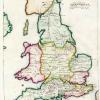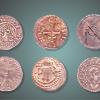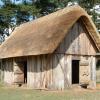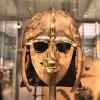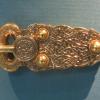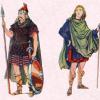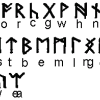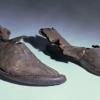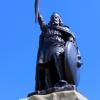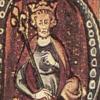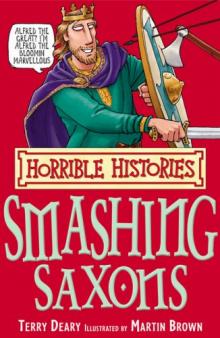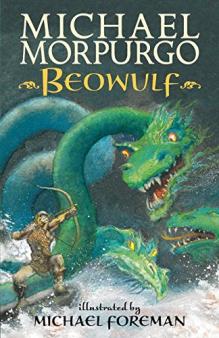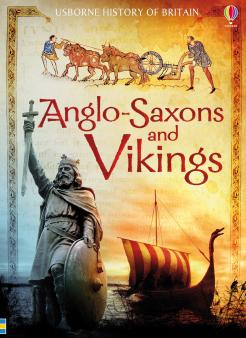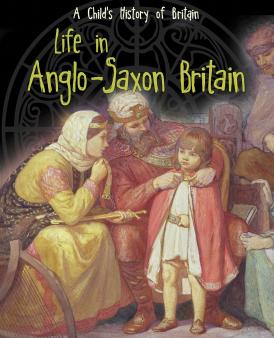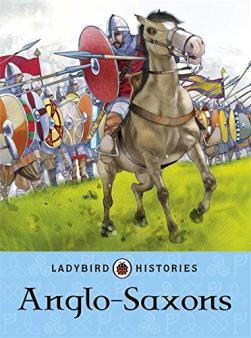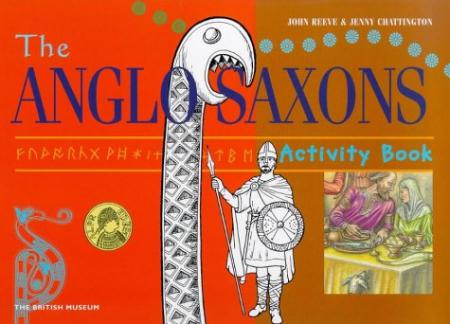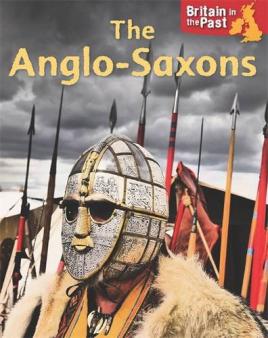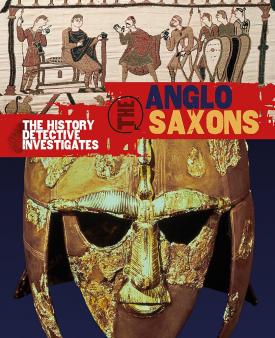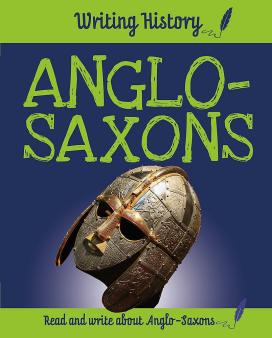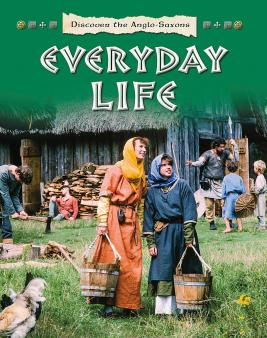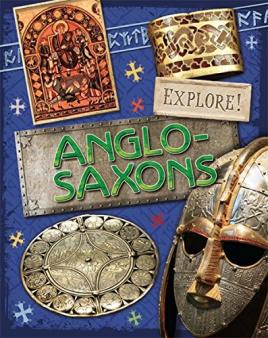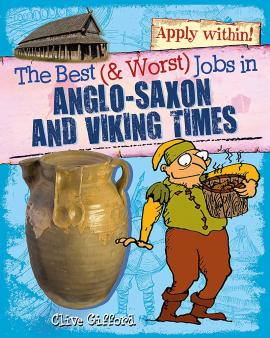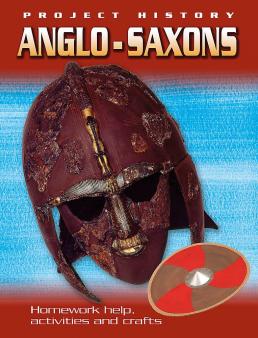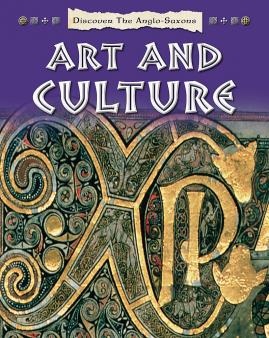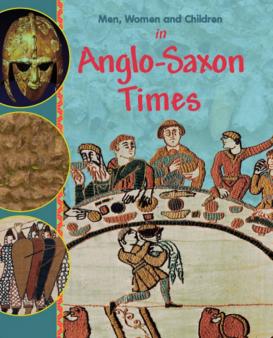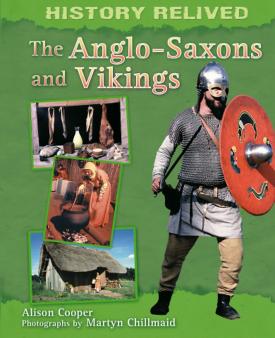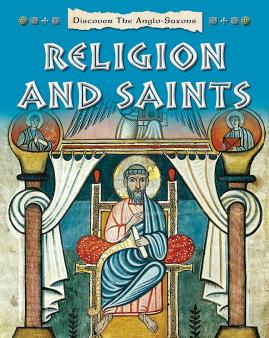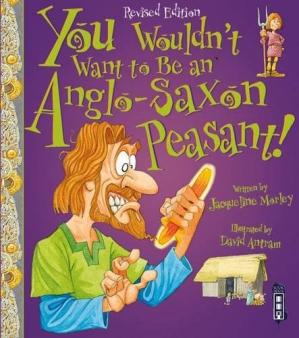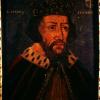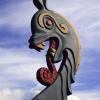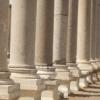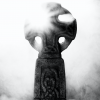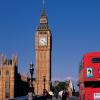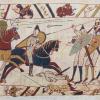The Anglo-Saxons
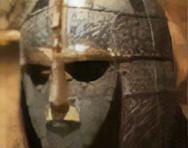
Who were the Anglo-Saxons?
The Anglo-Saxons came to England after the Romans left in the year 410. Nobody was really ruling all of England at the time – there were a lot of little kingdoms ruled by Anglo-Saxons that eventually came together as one country.
The earliest English kings were Anglo-Saxons, starting with Egbert in the year 802. Anglo-Saxons ruled for about three centuries, and during this time they formed the basis for the English monarchy and laws.
The two most famous Anglo-Saxon kings are Alfred the Great and Canute the Great.
Top 10 facts
- The Anglo-Saxons are made up of three tribes who came to England from across the North Sea around the middle of the 5th century: the Angles, Saxons and Jutes.
- For a long time, England wasn’t really one country – Anglo-Saxon kings ruled lots of little kingdoms across the land.
- Egbert was the first Anglo-Saxon king to rule England. The last Anglo-Saxon king was Harold II in 1066.
- The two most famous Anglo-Saxon kings are Alfred the Great and Canute the Great.
- The Anglo-Saxon period covers about 600 years, and Anglo-Saxon kings ruled England for about 300 years.
- We know how the Anglo Saxons lived because archaeologists have found old settlements and excavated artefacts like belt buckles, swords, bowls and even children’s toys.
- We can also read about what happened during Anglo-Saxon times in the Anglo-Saxon Chronicles.
- Anglo-Saxons once worshipped lots of different gods that they believed controlled all areas of life, but around the 7th century many converted to Christianity after the arrival of the missionary St. Augustine from Rome.
- Some of our modern English words, such as the days of the week, come from the Anglo-Saxon language (sometimes called Old English).
- Anglo-Saxons lived in small villages near rivers, forests and other important resources that gave them everything they needed to care for farm animals, grow crops and make things to sell.
Anglo-Saxon Timeline
- 410The Romans left Britain, leaving it unguarded by armies and open to invasion by others

- 455The kingdom of Kent was formed
- 477The kingdom of Sussex was formed
- 495The kingdom of Wessex was formed
- 527The kingdom of Essex was formed
- 547The kingdom of Northumberland was formed
- 575The kingdom of East Anglia was formed
- 586The kingdom of Mercia was formed
- 597St. Augustine came to England and introduced people to Christianity
- 757-796Offa was King of the kingdom of Mercia and declared himself King of all England
- 802Egbert was the first Anglo-Saxon king of all England

- 871-899Alfred the Great ruled

- 1016-1035Canute the Great ruled as the first Viking king

- 1066The Battle of Hastings took place, resulting in the Normans defeating the Anglo-Saxons
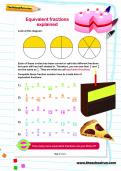

Boost Your Child's Learning Today!
- Start your child on a tailored learning plan
- Complete the activities added each week
- Watch your child's maths & English confidence grow!
Did you know?
- We know how the Anglo-Saxons lived because we’ve found items that they once used buried in the ground – archaeologists excavate spots where Anglo-Saxons houses used to stand – and we’ve been able to figure out a lot about what their lives were like.
- A famous Anglo-Saxon archaeological site is Sutton Hoo, where a whole ship was used as a grave! An Anglo-Saxon king was buried inside the ship along with some of his possessions, such as his helmet and sword.
- We know what the Anglo-Saxons did because of the Anglo-Saxon Chronicles, a collection of events that people back then wrote every year – kind-of like a yearly summary of important events.
- An instrument that people in Anglo-Saxon times would play is the lyre, which is like a small harp.
- The names of days of the week are similar to the words that the Anglo-Saxons used – for instance, ‘Monandoeg’ is where we get Monday from, and ‘Wodnesdoeg’ is where we get Wednesday from. Some of the names of the days of the week were named after Anglo-Saxon gods. ‘Wodnesdoeg’ is named for the god Woden – it mean’s ‘Woden’s day’.
- Anglo-Saxon uses many of the letters found in Modern English (though j, q, and v are not included and the letters k and z are very rarely used) as well as three extra letters: þ ð æ
- Anglo-Saxons mostly lived in one-room houses made from wood, with thatched roofs. Important people in the village would live in a larger building with their advisors and soldiers – this was called the hall.
Anglo-Saxon gallery
- A map of Anglo-Saxon Britain
- Anglo-Saxon coins
- A replica of an Anglo-Saxon hall (At West Stow Anglo-Saxon Village)
- The helmet found in the ship burial site at Sutton Hoo
- The plaited belt buckle with a dragon design found at Sutton Hoo (Photo Credit: Jononmac46 via Wikipedia)
- How Anglo-Saxon warriors would have dressed
- Anglo-Saxon runes
- Shoes worn in Anglo-Saxon times
- A statute of Alfred the Great in Winchester
- Canute the Great
Gallery
About
When the Romans left Britain, the country was divided up into a lot of smaller kingdoms and sub-kingdoms that often fought with each other and against any invaders who tried to take over.
By the 800s, there were four main kingdoms in England: Northumbria, Mercia, East Anglia and Wessex.
One of the most well-known kings from Merica was Offa. He declared himself the first ‘king of the English’ because he won battles involving kings in the surrounding kingdoms, but their dominance didn’t really last after Offa died. Offa is most remembered for Offa’s Dyke along the border between England and Wales – it was a 150-mile barrier that gave the Mericans some protection if they were about to be invaded.
Religion changed quite a bit in Anglo-Saxon times. Many people were pagans and worshipped different gods who oversaw different things people did – for instance, Wade was the god of the sea, and Tiw was the god of war.
In 597, a monk named St. Augustine came to England to tell people about Christianity. The Pope in Rome sent him there, and he built a church in Canterbury. Many people became Christians during this time.
Everyone in Anglo-Saxons villages had to work very hard to grow their food, make their clothes, and care for their animals. Even children had to help out by doing chores such as collecting firewood and feeding the livestock.
There are nine versions of the Anglo-Saxon Chronicles still around today – this is because copies of the original were given to monks in different monasteries around England to keep up-to-date with information about the area where they lived. Nobody has ever seen the original Anglo-Saxon Chronicles that the copies were made from.
Beowulf is an Anglo-Saxon heroic poem (3182 lines long!) which tells us a lot about life in Anglo-Saxon times (though it is not set in England but in Scandinavia). Beowulf is probably the oldest surviving long poem in Old English. We don't know the name of the Anglo-Saxon poet who wrote it, but it was written in England some time between the 8th and the early 11th century.
The Anglo-Saxons minted their own coins – they made different designs that were pressed onto the face of a coin, so archaeologists who find those coins today know when they were used. The coins changed depending on the region where they were made, who was king, or even what important event had just happened.
Vikings from the east were still invading England during the time of the Anglo-Saxons. Sometimes, instead of fighting the Vikings, people would pay them money to leave them in peace. This payment was called Danegeld.
Alfred the Great was based in the kingdom of Wessex, and his palace was in Winchester. He won battles against invasion by the Danes, and he improved England’s defences and armies. Alfred established a strong legal code, and began the Anglo-Saxon Chronicles as a way of recording annual events. He also thought education was very important and had books translated from Latin into Anglo-Saxon so more people could read them and learn.
Canute the Great was the first Viking king of England. A famous story about Canute is that he proved to his courtiers that he wasn’t all-powerful just because he was King. They would flatter him by telling him that he was “so great, he could command the tides of the sea to go back”. Canute knew this wasn’t true, but he also knew that he’d have to prove it to stop his courtiers saying such things. Canute had his courtiers carry his throne onto the beach, by the surf, and Canute commanded that the tide stop coming in. It didn’t work, and the courtiers finally admitted that Canute was not all-powerful. Canute said, “Let all men know how empty and worthless is the power of kings. For there is none worthy of the name but God, whom heaven, earth and sea obey.”
Names to know (Anglo-Saxon kings of England, listed in order)
Egbert (King from 802-839) – Egbert was the first king to rule all of England.
Ethelwulf (King from 839-856)
Ethelbald (King from 856-860)
Ethelbert (King from 860-866)
Ethelred (King from 866-871)
Alfred the Great (King from 871-899) – Alfred the Great is remembered for his victories against Danish invasion, his belief in the importance of education, and his social and judicial reform.
Edward I, the Elder (King from 899-924)
Athelstan (King from 924-939)
Edmund I (King from 939-946)
Edred (King from 946-955)
Edwy (King from 955-959)
Edgar (King from 959-975)
Edward II, the Martyr (King from 975-979)
Ethelred II, the Unready (979-1013, 1014-1016)
Sweyn (King from 1013-1014)
Edmund II, Ironside (King in 1016)
Canute the Great (King from 1016-1035) – Canute was a Viking warrior, and the first Viking king of England. He won a battle against Edmund II that divided their kingdoms, but when Edmund died Canute ruled both kingdoms.
Harold Harefoot (King from 1035-1040)
Hardicanute (King from 1035-1042)
Edward III, The Confessor (King from 1042-1066) – Edward the Confessor had Westminster Abbey built.
Harold II (King in 1066) – Harold II was the last Anglo-Saxon king of England. He died during the Battle of Hastings in 1066.
Edgar Atheling (King in 1066) – Edgar Atheling was declared King after King Harold II died during the Battle of Hastings, but never took the throne. The next king was William the Conqueror, a Norman.
Related Videos
Just for fun...
- Make Anglo-Saxon Collector Cards and play some games with them
- Take an Anglo-Saxons quiz to see what you know about Anglo-Saxon kings, kingdoms and culture in Britain
- Play a Grid Club Anglo-Saxons game
- Write in Anglo-Saxon runes
- Print out some Anglo-Saxon Highlight Cards
- Turn the pages of the Lindisfarne Gospels, a famous Christian manuscript
- Cook like the Anglo-Saxons with this recipe for Anglo-Saxon Oat Cakes
- Learn to sing songs about Anglo-Saxon history, including Alfred the Great, Athelstan, the story of Beowulf and the end of Anglo-Saxon rule in 1066 at The Battle of Hastings
Books about Anglo-Saxons for children
Find out more about Anglo-Saxons:
- Who were the Anglo-Saxons? Find out in a KS2 guide from BBC Bitesize and watch video clips and animations about the Anglo-Saxon world
- An introduction to the Anglo-Saxon world from the British Library
- Britons, Saxons, Scots and Picts: loads of information to explore
- Read kids' historical fiction set in Anglo-Saxon times
- Learn about Anglo-Saxon religion
- Find out about all aspects of Anglo-Saxon life, from manuscripts to weapons, in a kids' encyclopedia
- About the Anglo-Saxon language, Old English
- Early Anglo-Saxon Britain maps and information
- Anglo-Saxon coinage and the Danegeld and minting coins
- Find out about the Odda Stone
- The two most famous Anglo-Saxon kings were Canute (or Cnut the Great) and Alfred the Great
- Find out about food and in Anglo-Saxon times and their grand feasts
- Learn about Beowulf and his battles against the monster Grendel (and Grendel's mother)
- Examine some of the beautiful objects found at Sutton Hoo and see what the excavation site looked like
- An introduction to the Anglo-Saxon Chronicle
See for yourself
- See the ship burial site at Sutton Hoo
- Visit the reconstructed Anglo-Saxon settlement of Jarrow Hall to find out what life would have been like in Anglo-Saxon times
- Walk along some of the Offa’s Dyke path
- Visit Winchester to see Anglo-Saxon artefacts
- Step into a virtual Prittlewell Burial Chamber and explore the Ango-Saxon objects found in 2003
- See Prittlewell princely burial objects in person, including a gold belt buckle, a flagon and drinking horn and coloured glass vessels and bowls, at Southend Central Museum in Essex
- Look at pictures of sites which tell the story of early Saxon England on the Historic England Blog
- Look at the Anglo-Saxon Mappa Mundi online: created between 1025 and 1050, it contains the earliest known depiction of the British Isles
- Step into a reconstructed Saxon workshop at the Ancient Technology Outdoor Education Centre
- Butser Ancient Farm features archaeological reconstructions of buildings from the Anglo-Saxon period
Also see

Give your child a headstart
- FREE articles & expert information
- FREE resources & activities
- FREE homework help
